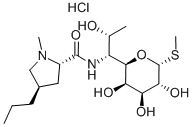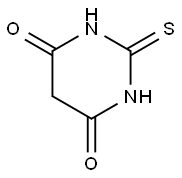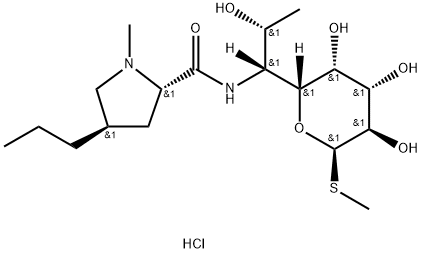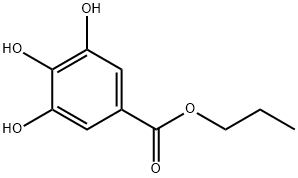PRODUCT Properties
| Melting point: | 148-150°C |
| Boiling point: | 646.8±55.0 °C(Predicted) |
| Density | 1.1704 (rough estimate) |
| refractive index | 1.6510 (estimate) |
| storage temp. | Hygroscopic, -20°C Freezer, Under inert atmosphere |
| solubility | Aqueous Acid (Slightly), DMSO (Slightly), Methanol (Slightly), Water |
| pka | 7.6(at 25℃) |
| form | Solid |
| color | White to Off-White |
| Stability: | Hygroscopic |
| NIST Chemistry Reference | Lincomycin(154-21-2) |
| EPA Substance Registry System | Lincomycin (154-21-2) |
Description and Uses
Lincomycin was isolated from a strain of Streptomyces lincolnensis in the Upjohn Research Laboratories. Lincosamides are also produced by S. roseolus, S. caelestis, and Monomicrospora halophytica. They consist of an amino acid connected to a sugar by an amide bond. It is available for intravenous, intramuscular, oral, and rectal use. Absorption after oral administration is up to one-third of the dose and plasma protein binding is around 75%. Because of the superior activity and bioavailability of clindamycin, lincomycin is now infrequently used clinically, but it is still available in some countries, in particular for skin and skin structure infections. Thus, the information in this chapter will primarily apply to clindamycin. Many chemical modifications of the lincomycin molecule have been developed and, of these, clindamycin (7-chloro-7-deoxylincomycin) is the most promising and clinically superior to lincomycin.
An antibiotic produced by Streptomyces lincolnensis. Antibacterial
Safety
| Symbol(GHS) |  GHS07 |
| Signal word | Warning |
| Hazard statements | H315-H335-H319 |
| Precautionary statements | P264-P280-P302+P352-P321-P332+P313-P362-P264-P280-P305+P351+P338-P337+P313P |
| Hazardous Substances Data | 154-21-2(Hazardous Substances Data) |
| Toxicity | LD50 oral in rat: 1gm/kg |





